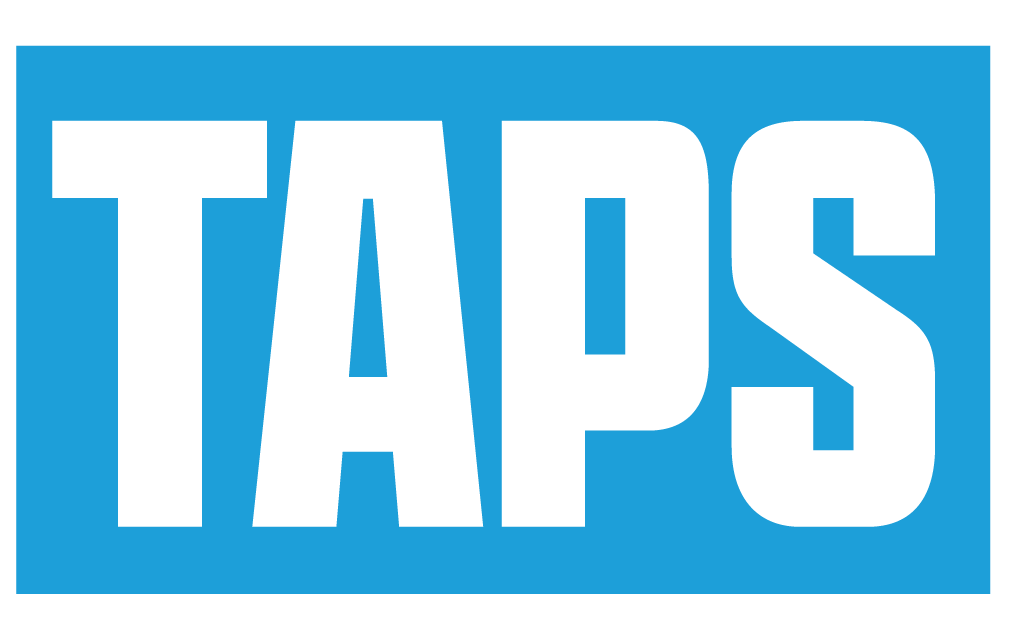Videos are an increasingly vital tool to help businesses reach their target audiences and promote their products and services. With the ability to connect with viewers on a more personal level, videos are able to grab and keep viewers’ attention, turning potential leads into buying customers. To ensure your videos are effective, there are several stages that need to be taken into consideration during the video production process.
1. Create Content That Resonates with Your Audience
Creating effective video content requires an understanding of your target audience. We can’t stress this enough! To ensure that your video message resonates with your audience, you may want to use audience personas. Audience personas are semi-fictional representations of your ideal audience, whose characteristics are based on real people. With this information, you can create videos that will be better received and understood by your target audience. Google Analytics can provide useful demographic data, and your contact database can provide insight into what kind of content they’re interested in. You can also ask for additional information on your website forms to gain greater insight into who your ideal customer is.
Creating content tailored to your customer’s wants and needs begins with gaining an understanding of your customer base. Gathering information via email surveys, or other methods, can help you create a customer persona that focuses on their pain points and preferences. With this information, you can craft your video content to best address their needs.
2. Set a Financial Plan: Establishing a Budget
If you want to create a video, it is important to set a budget during the pre-production stage. Without a budget, you may end up spending more money than you can afford. Creating a budget requires making a list of expenses and estimating realistic costs for each item on the list which you should reference back to you burn up your capital.
For example; To create a testimonial for a company, you will need to budget for at least one or two high-quality cameras, camera support such as tripod or any camera movement systems you wish to involve, talent for the video, and the working crew which should involve at the minimum the producer, director, camera operator, sound mixer, gaffer, grip, and lastly your production assistants which includes snacks and meals for crew during the shoot.
3. Develop Your Script
Your script should be simple and straightforward. Keep the answers to the questions about the purpose of the video, the action you’d like the audience to take, the value it offers the audience, and the chosen distribution channels in mind as you write your script. That will help you create a script that effectively communicates your message and encourages the desired action from your audience.
4. The Optimal Length for a Video
If you plan to create an advertisement to be shown on YouTube, it is recommended that the video be less than two minutes in length. Additionally, it is essential to grab the viewer’s attention within the first five seconds of the video. A great example would be an Ad from FirstBank is bad at everything, ‘good at banking’ in Super Bowl Ad. FirstBank champions humility in all its regional Super Bowl spot, print and out of home activations.
5. Develop a Storyboard
When creating a storyboard, it’s important to make sure that you have a visual guide when shooting scenes. This will help you to be more efficient, avoiding the waste of time and other resources. In order to create a storyboard, you should begin by making a shot list. This will involve determining how each element should be positioned in the frame by paying attention to the angles. Next, you should sketch a rough drawing of how each shot would look like. It also helps to indicate which elements will be moving in each shot, if any. Finally, it is helpful to add a bit of context below each frame that will help you to remember your vision once you begin the video production process. Following these steps will ensure that you have an effective storyboard that will help you to stay organized and on track during the video production process.
6. Organize a Schedule for Production
The video production schedule is an invaluable tool for producing a successful video. It provides an overview of the entire production process and helps to keep everyone involved organized and on track. The production schedule will specify the days when scenes will be shot, the equipment that will be used, and who will be needed on those days. It is essentially a roadmap that allows everyone associated with the video production to know what needs to be done, and when it needs to be done. By having an organized production schedule, it is much easier to ensure that everything gets completed in a timely and efficient manner. Additionally, if any delays arise, they can be more easily accounted for when all tasks are organized and scheduled in advance.
To Sum it up!
Creating a successful video marketing campaign starts with having a clear plan of action. Before you even press that record button and create your next marketing video content, there are several steps you need to take in order to ensure your video is effective and engaging. First, you need to know your target audience so that you can tailor your content to them. Set a budget for your video so that you don’t overspend. Write and revise your script so that it’s concise, clear and engaging. Decide the optimal video length and make sure it’s neither too long nor too short. Create a storyboard to visualize the key points of the video and map out the structure. And finally, create a production schedule for the video, so that you don’t miss any deadlines. By following these steps, you can create high quality video content that will help you achieve your business goals.

